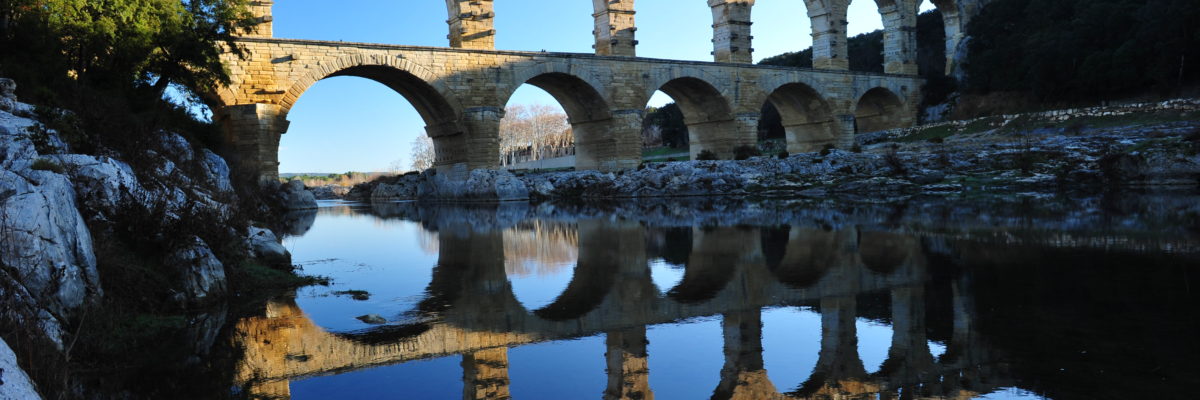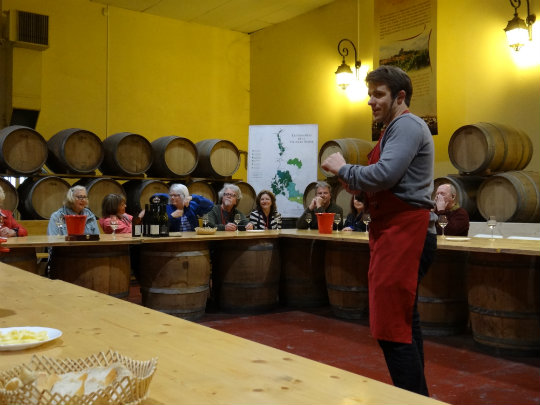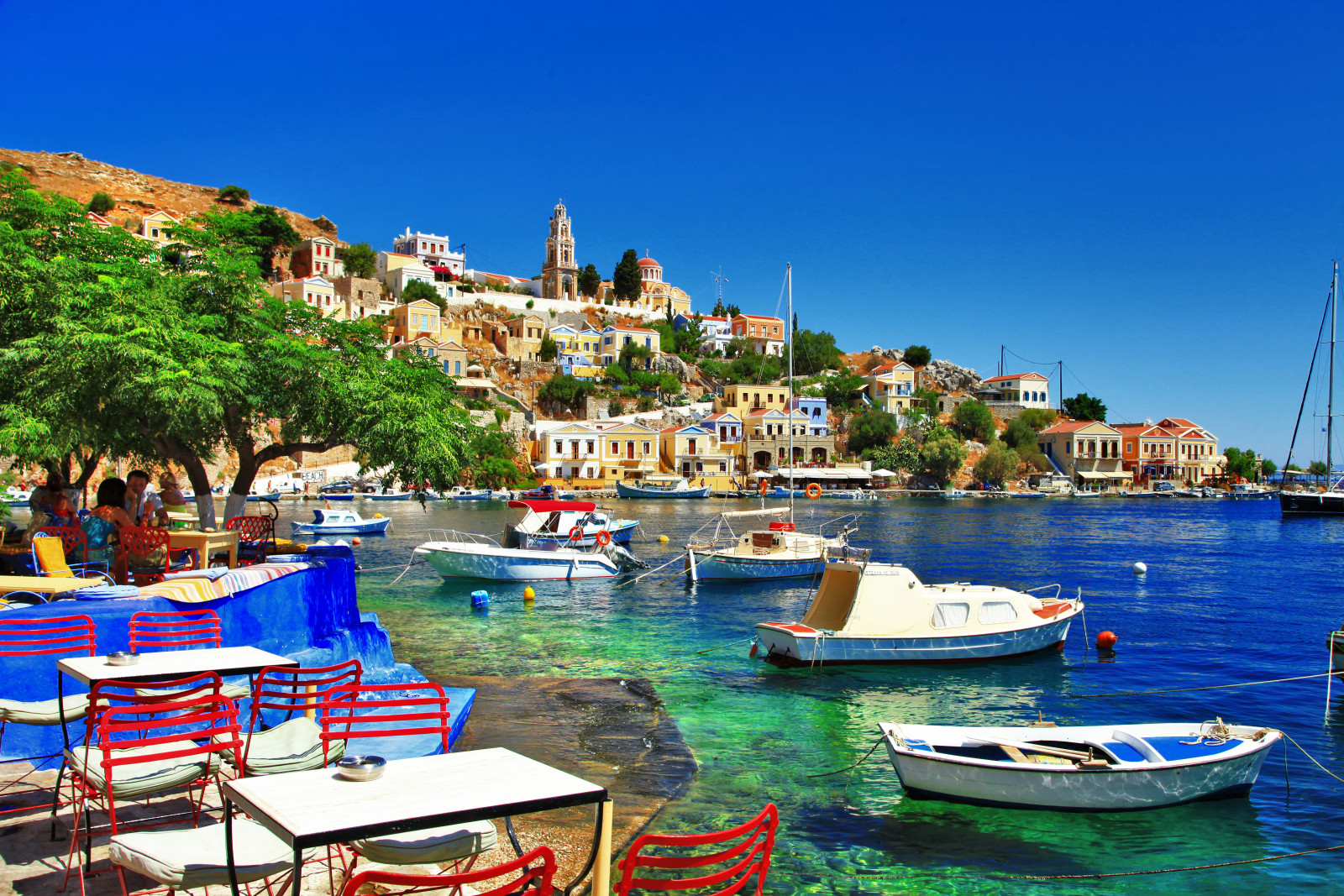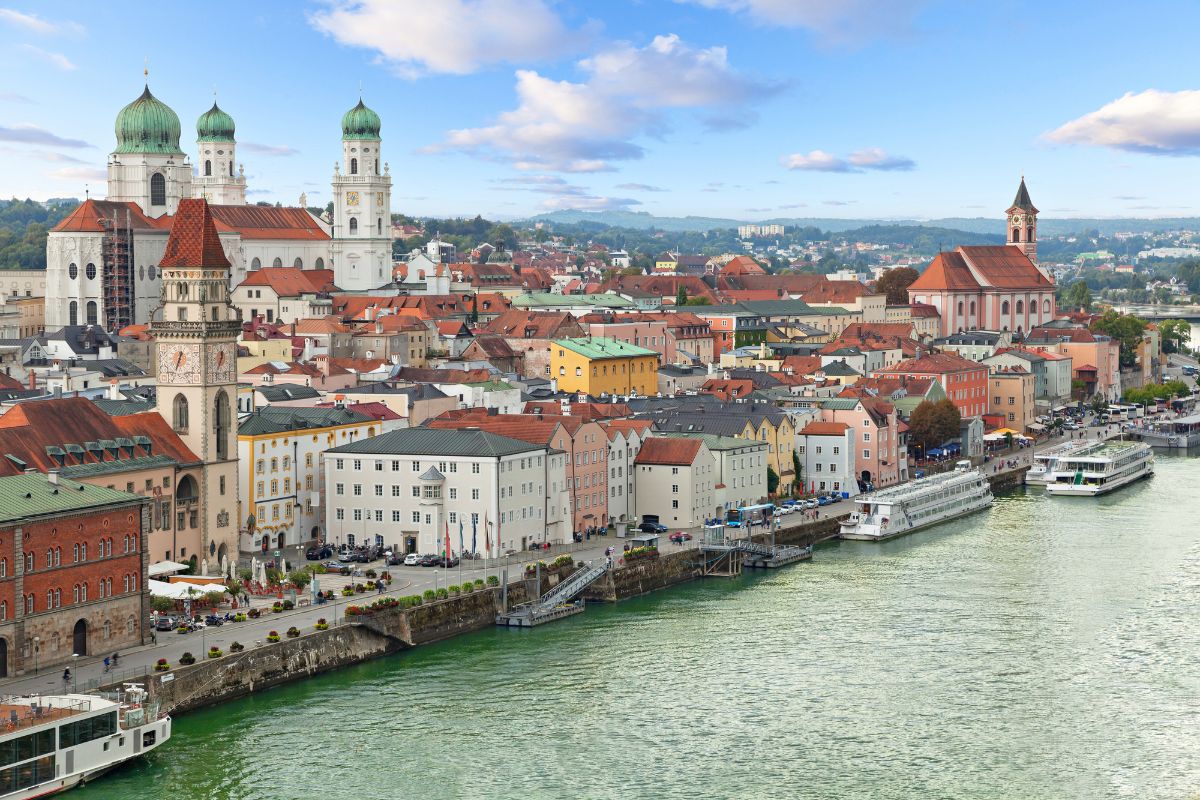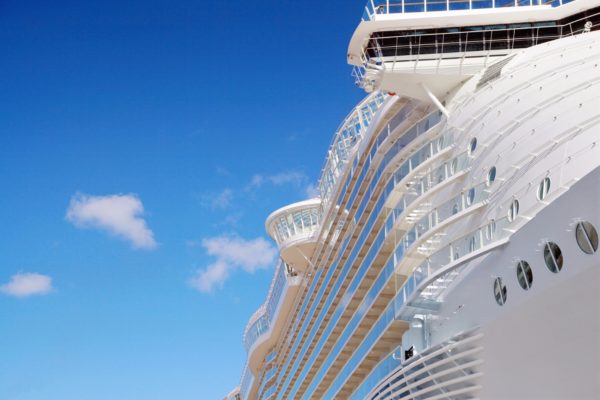More than 1,300 years ago, Vikings sailed their longships along Europe’s waterways on voyages of exploration and discovery. Today, travelers are again exploring Europe’s rivers, and one of the most scenic rivers to sail upon is the Rhône in southern France.
Thanks to the installation of lock systems, sailing on the Rhône in France, once a treacherous 500-mile journey, is now a tranquil cruise. Your river ship will float along the Rhône’s verdant banks, past ruined castles, Romanesque churches, and fanciful villages.
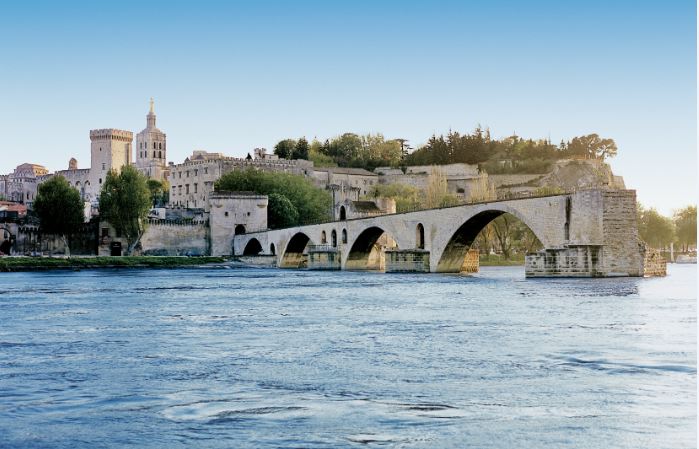
The Rhône River Valley
The Rhône River extends from bustling Lyon, France’s second-biggest city, due south to the Mediterranean Sea. Considered a gastronomic paradise, Lyon is also nirvana for wine lovers, as is much of theRhône Valley, especially the region stretching between Vienne and Arles.
The further south you travel along the Rhône River towards the Mediterranean Sea, the more maritime this area’s cooking becomes. And Bouillabaisse, a seasoned stew of fish and shellfish that hails from Marseille, is so well-loved it’s practically a national dish.
In Provence, you’ll also find numerous types of cheese including Donkey Pepper, Poivre d’âne, a cheese wrapped in semi-dried savory herbs, as well as regional specialties such as Soupe au Pistou, made from vegetables, noodles, beans, and basil, and often served with aioli, a garlicky mayonnaise.
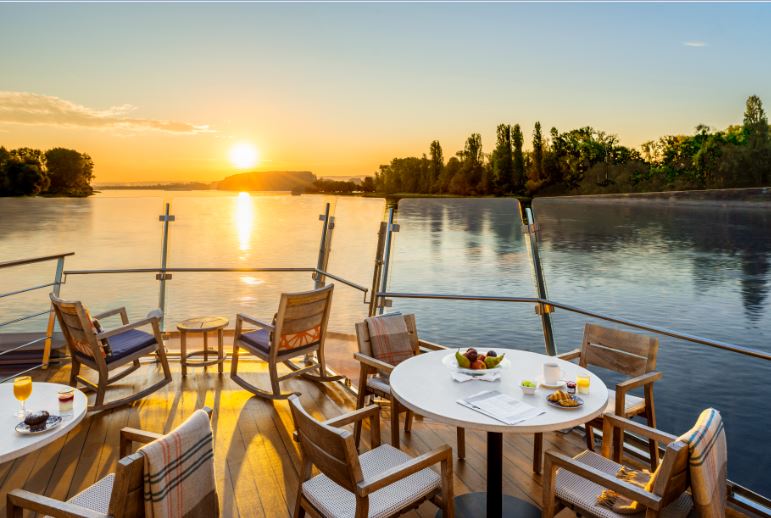
Why a river cruise?
Seeing the Rhône Valley, or Europe, for that matter, by multi-day river cruise has many benefits. It’s easy — you unpack once and then you’re set until it’s time to disembark on your final day. If you suffer from seasickness on ocean vessels you’ll have no problem on the river, as the water is tranquil throughout the trip.
Watching the river banks float by as you cruise is not only relaxing but a much more scenic way to see the countryside than busing along highways from hotel to hotel. And you’ll be able to indulge in the food and wines of each region you sail along. Plus, river ships often dock throughout the evening or even overnight, giving you a chance to dine at local restaurants if you so desire.
If your plans don’t allow for a multi-day itinerary, you can also do a day trip cruise on the Rhône from Avignon.
Arles
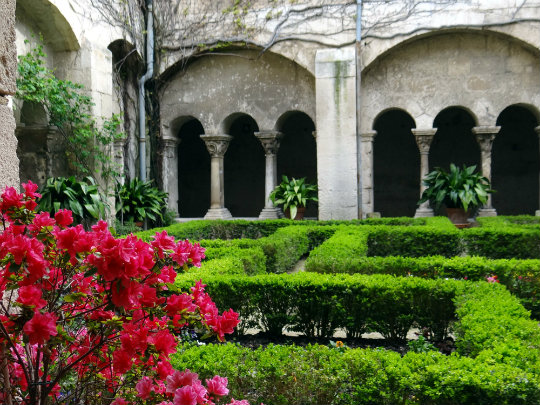
I sailed on Viking River Cruises’ northbound itinerary, which departs from Avignon for a visit to Arles before beginning the journey north.
Arles, situated where the Rhône fragments into the immense, natural delta called the Camarque, was established in 123 B.C. One of the first Roman conquests in Gaul, the city lays claim to some well-preserved Roman ruins and Romanesque monuments.
Known as the “Pearl of Provence,” Arles is bathed in brilliant light. Strolling beneath shady poplar trees alongside buildings tinted in rose, pale-blue, apricot, and lemon, you’ll understand why artists love this city. In fact, Vincent Van Gogh lived in Arles in 1888 and 1889 after being worn down by life in Paris, and he managed to create a staggering 300 paintings here.
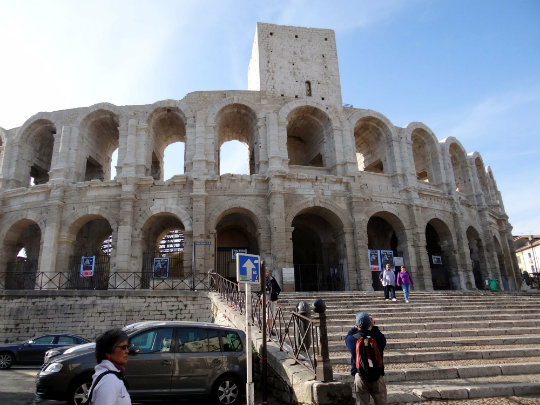
Our walking tour took us back to the town’s early roots, beginning with the immense two-tiered 20,000-seat Roman amphitheater, Les Arénes. It’s so well preserved you can easily imagine the crowds roaring as they watched mesmerizing gladiatorial combats.
Also in Arles, you’ll find the 2,000-year-old Place du Forum, still the heart of the city, as well as Constantine’s fourth-century thermal baths, once part of his grand palace. Also remarkable is the 15th-century Romanesque Church of Saint-Trôphime, once the first stop on the Via Tolosa, one of the main pilgrimages through France leading to Santiago de Compostela in Spain.
Dine at Le 16, in the heart of the old city, or the family-owned Le Jardin de Manon near the Roman ruins for authentic Provençal cuisine.
Avignon
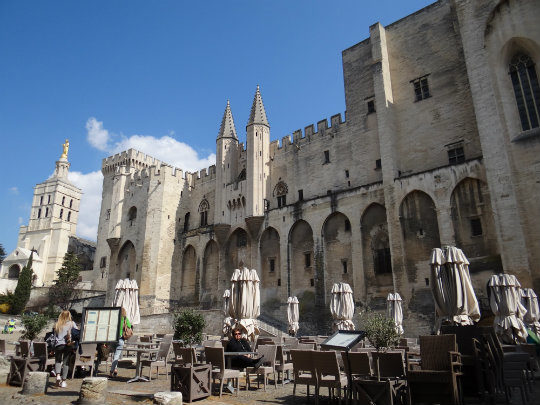
Strategically situated on a hill overlooking the Rhône, Avignon’s Old Town is a warren of cobbled streets encircled by medieval ramparts. The Palace of the Popes is the main draw here. Home to seven pontiffs from 1309-1377, the Palace is equivalent in size to four Gothic cathedrals and features stunning frescoes.
From the serene gardens next to the Palace you’ll have sweeping views of the Rhône, the Pont d’Avignon, also called the Pont Saint Bénézet, and Villeneuve-Lès Avignon, where many members of the Papal Court built grand residences.
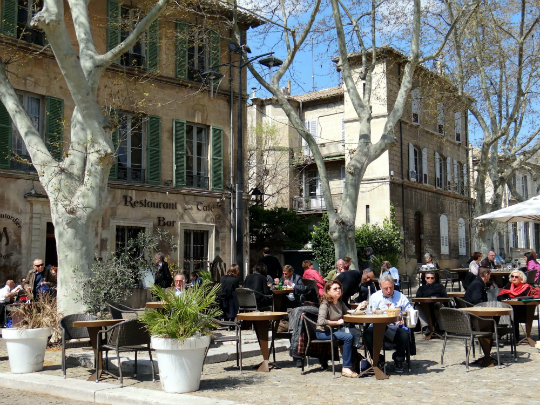
After being destroyed by a flood and closed in 1668, the Pont d’Avignon is now a broken bridge that juts out over the Rhône. But you can walk the bridge for a small fee with an audio guide to learn the charming story of Saint Bénézet, the shepherd boy the bridge is named after.
One of the joys of Avignon is to wander around at your own pace, exploring the town’s shops, cafés, and buildings as you meander its maze of streets church bells chiming in the distance. Another joy is trying its restaurants. Recommended are the very chic Christian Etienne for a formal dinner, or Au Tout Petit for basic Provençal cuisine at a super price.
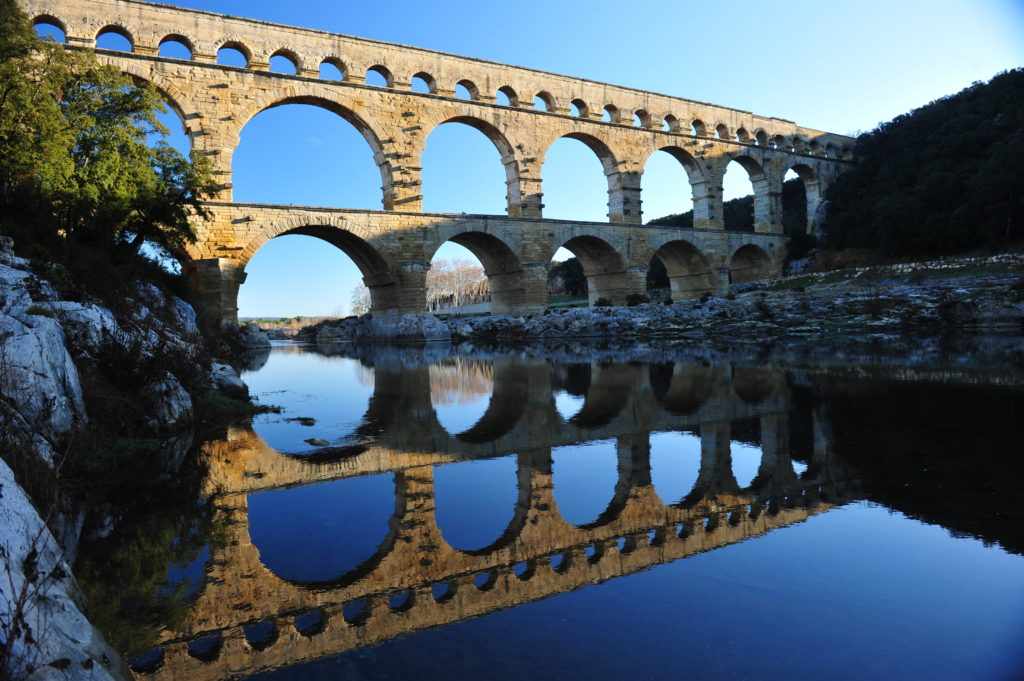
The Pont du Gard
Between Uzès and Nîmes you can also visit the Pont du Gard, an astounding 160-foot high ancient Roman aqueduct that spans the Gardon River. Built-in the first century A.D. by Marcus Vipsanius Agrippa, the son-in-law of Augustus, this three-tiered structure brought a continuous supply of fresh water to the important city of Nimes from the springs of Uzès some 31 miles away. Much of the aqueduct was constructed without mortar.
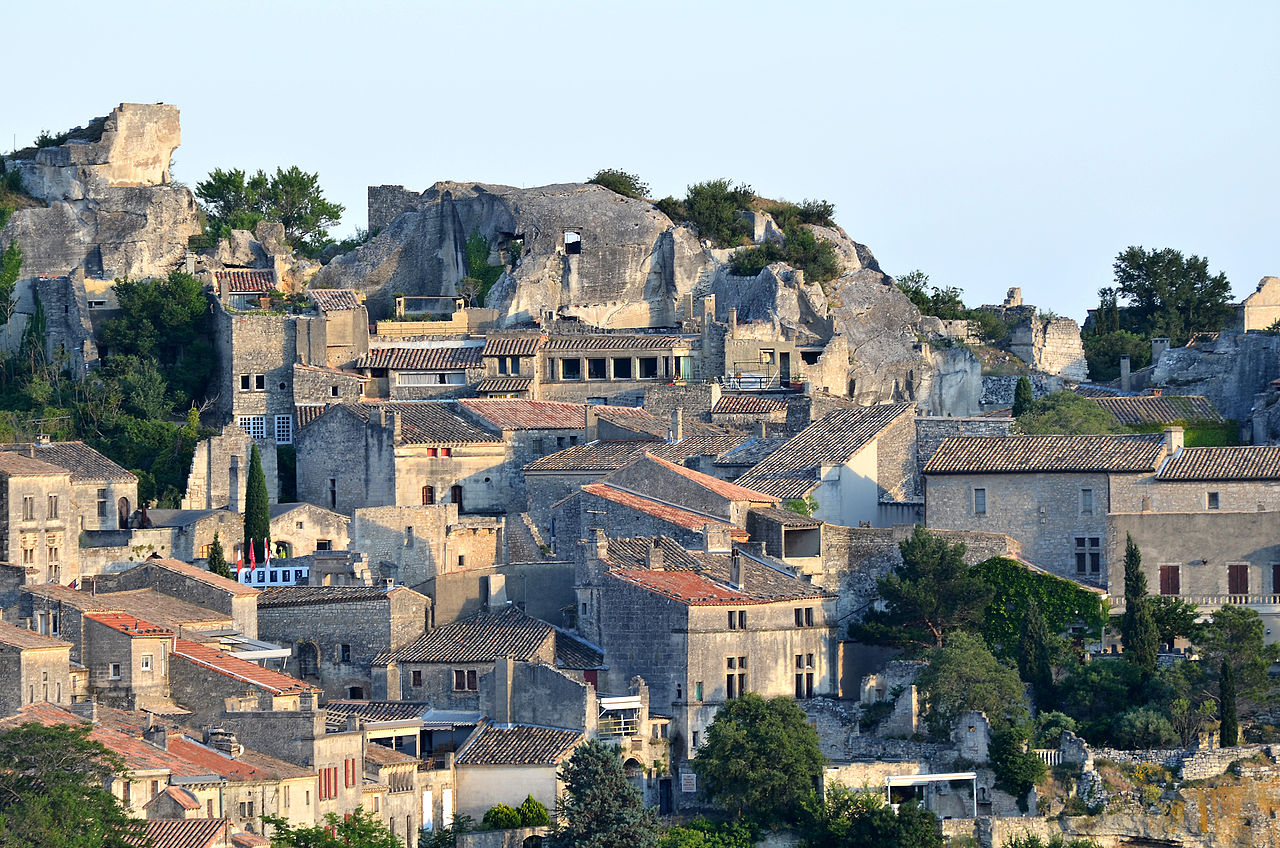
Les-Baux-de-Provence
The village of Les-Baux de Provence sits atop a craggy hill, crowned by a ruined castle. In this fortified site we had our choice of twenty-two architectural treasures, but spending time taking in the town’s stunning views was pleasing enough. From Les Baux you can see Arles, the Camargue and the distant Alpilles. The town, named for the bauxite discovered here in 1821, has narrow streets lined with alluring Provençal shops and restaurants.
Châteauneuf-du-Pape
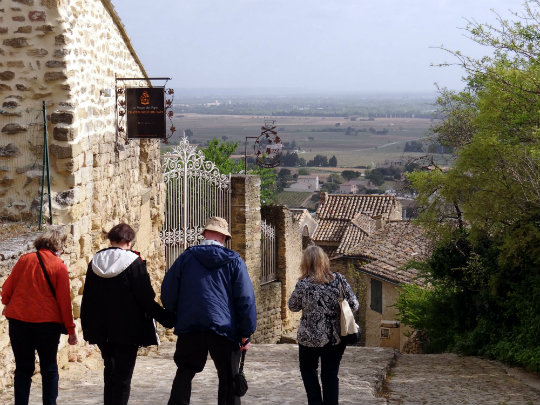
Châteauneuf-du-Pape, once the summer residence for the Avignon Popes, is renowned for its wines, which are produced from an assemblage of grapes rather than just one type. You’ll have no trouble finding wine shops in this village. Of the 2,000 people who live in this area, 320 are winemakers, and there are more than two dozen wine shops in the town that offer tastings.
We enjoyed a tasting by one of the local vintners, a family who’ve been in the wine-producing business for generations. We also admired the spectacular views that can be had from the town’s hilltop castle ruins. Great views can also come with dinner – make a reservation at Le Verger des Papes then park at the castle ruins and walk down to the restaurant.
You may also like: How to find the perfect wine tour
Tournon and Tain l’Hermitage
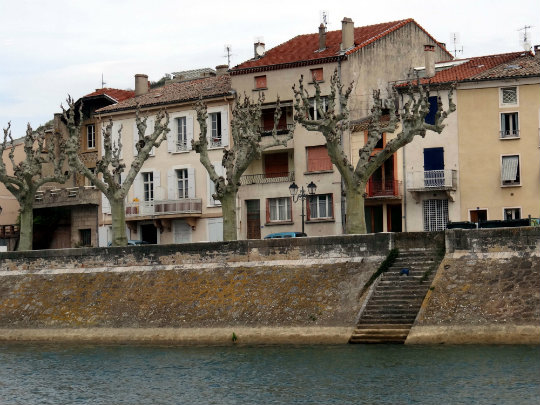
After a morning of scenic cruising, we approached our next stop, the riverside town of Tournon and its twin city across the river, Tain l’Hermitage. Here, stone walls mark steeply sloping terraced vineyards backed by jagged outcroppings — an impressive backdrop when you arrive by the river.
Tournon’s dramatic 10th-century feudal castle, which houses the town’s museum, offers stunning views of the river and the Marc Seguin suspension bridge, the first built over the Rhône, beyond which rise a rolling patchwork of vineyards.
Cross the bridge to Tain to indulge in some delectable chocolate. Valrhona, the French luxury chocolate manufacturer founded in 1922, has a tasting room where you can sample — and buy — some of the world’s best.
Vienne
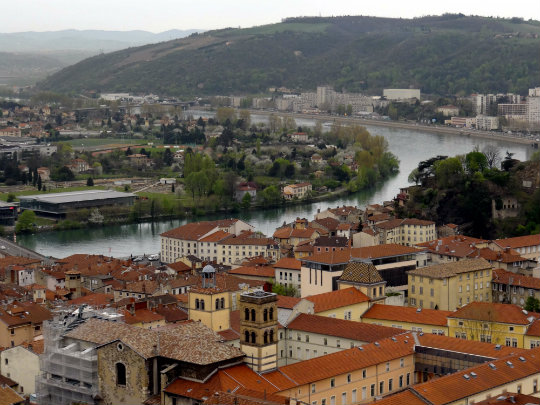
The riverside city of Vienne, further north along the river, is said to have been ruled by Pontius Pilate. True or not, one thing seems sure: this city was transformed by Julius Caesar from a Celtic region into a Roman colony in 47 B.C., to become an important outpost for the Roman Empire.
Today, Vienne is a hub of cultural activity, with many of its Roman monuments still intact. There’s a 13,000-seat Roman Theater, discovered in 1922, that dates to 40-50 A.D., and rising in the middle of a town square lined with modern shops and restaurants is the glorious Roman Temple of Augustus and Livia.
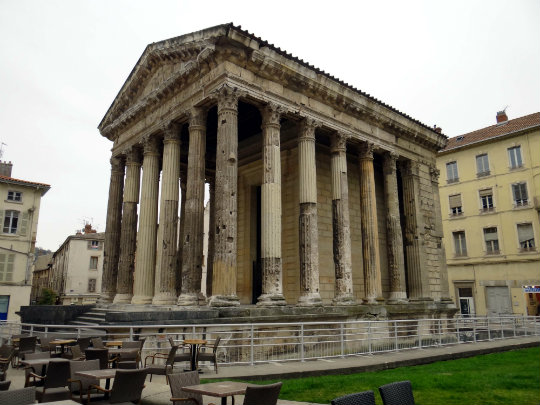
Another site to see is the Cathedral of St. Maurice, which rises majestically from a terrace overlooking the Rhône, built in a unified blend of several architectural styles spanning the 12th to the 16th centuries.
For a beautiful panoramic view of the town and river, take the mini-train ride up Pipet Hill. And if you’re hungry, Vienne’s Restaurant Pic offers a nice, high-end menu.
Lyon
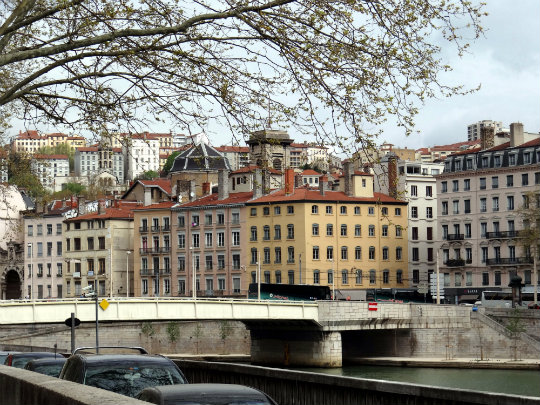
Gourmands will love Lyon, France’s culinary center, which has numerous Michelin-star restaurants, even among the bouchons — small bistros that serve superb value Lyonnaise cuisine. Try Daniel & Denise in Old Lyon, and the Restaurant de Fourvière, situated atop Fourvière Hill next to the awe-inspiring Basilica of Lyon.
You may also like: Love Paris? Don’t miss these must-try foods
Lyon’s culinary reputation is enhanced by its location between two wine regions — the Beaujolais to the north, and the Côtes du Rhône to the South. The city is also known for its chocolate, as well as the celebrated nougat from nearby Montélimar, both the black, with roasted almonds and pistachios, and the white, made with honey, almonds and egg white, although you’ll find these throughout Southern France.
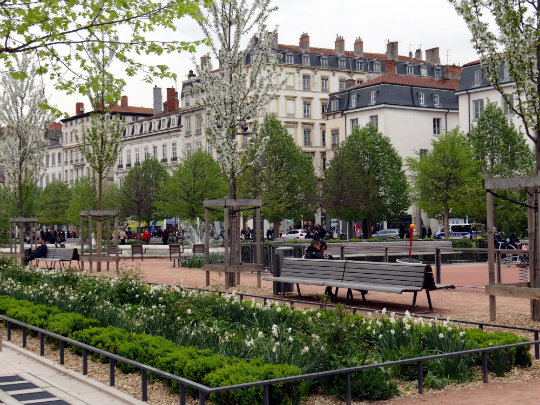
Lyon’s impressive museums range from the specialized Musée des Tissus, dedicated to the history of fabrics (very apropos in a city called “The Capital of Silk”) to the Musée Gallo-Romain de Fourvière, which features two amphitheaters more than 2,000 years old. You’ll also find botanic gardens and open-air markets here, but taking time to explore the city on foot is a pleasure as well.
The Rhône meets the Saône river at Lyon, and the river cruise continues on up the Saône, ending in Chalon-sur-Saône. After only a week, many of the passengers leave having fallen in love with the beautiful Rhône Valley, and with river cruising as well. I know I did.
This article by Melody Moser originally appeared on Viator’s travel blog.

